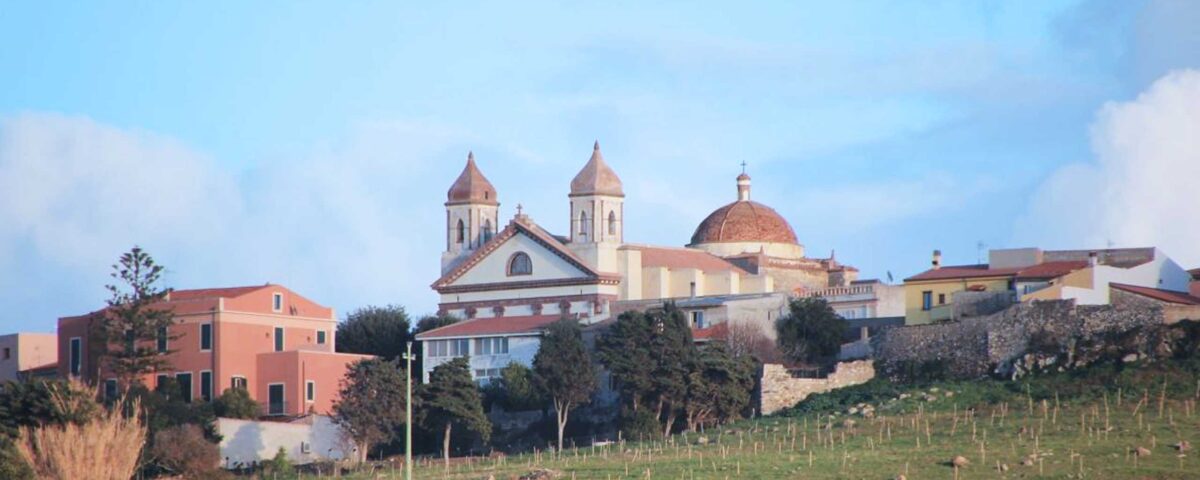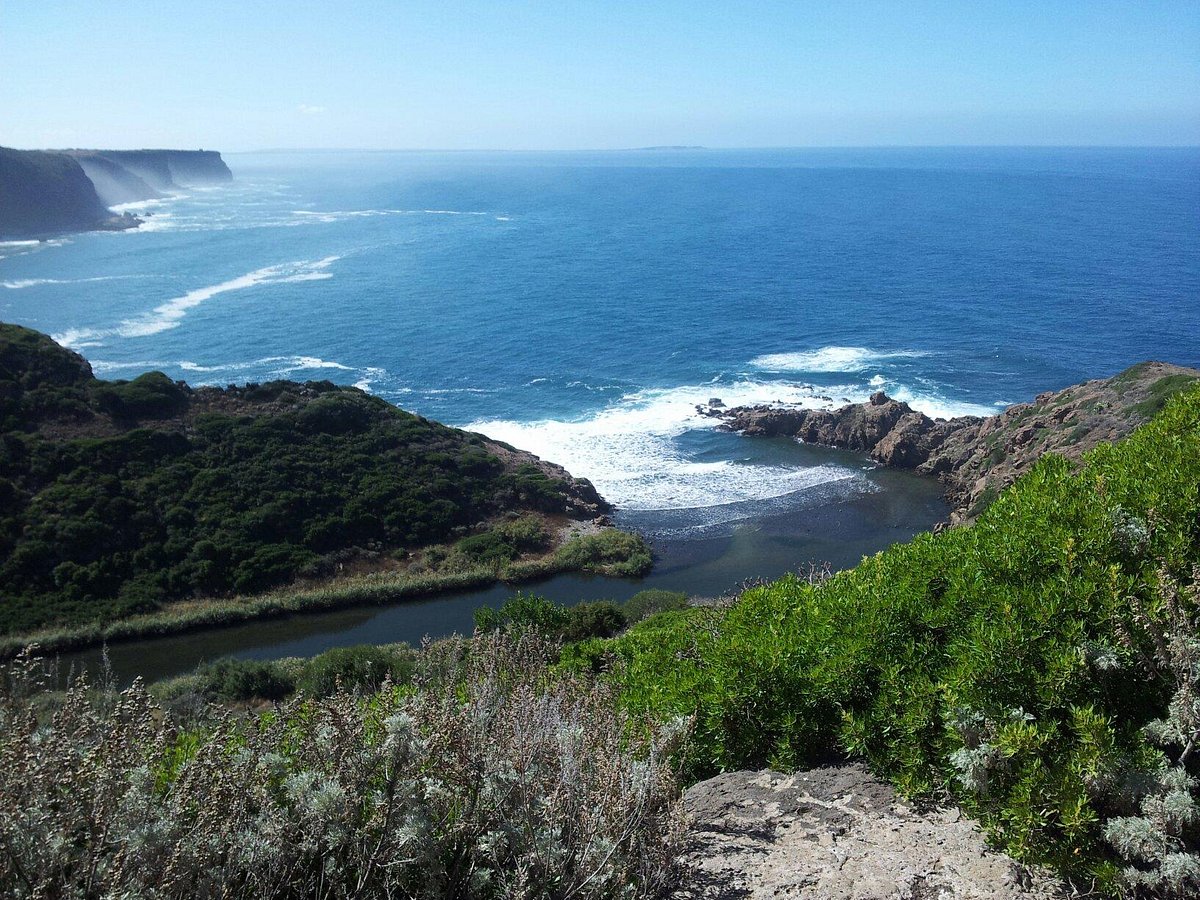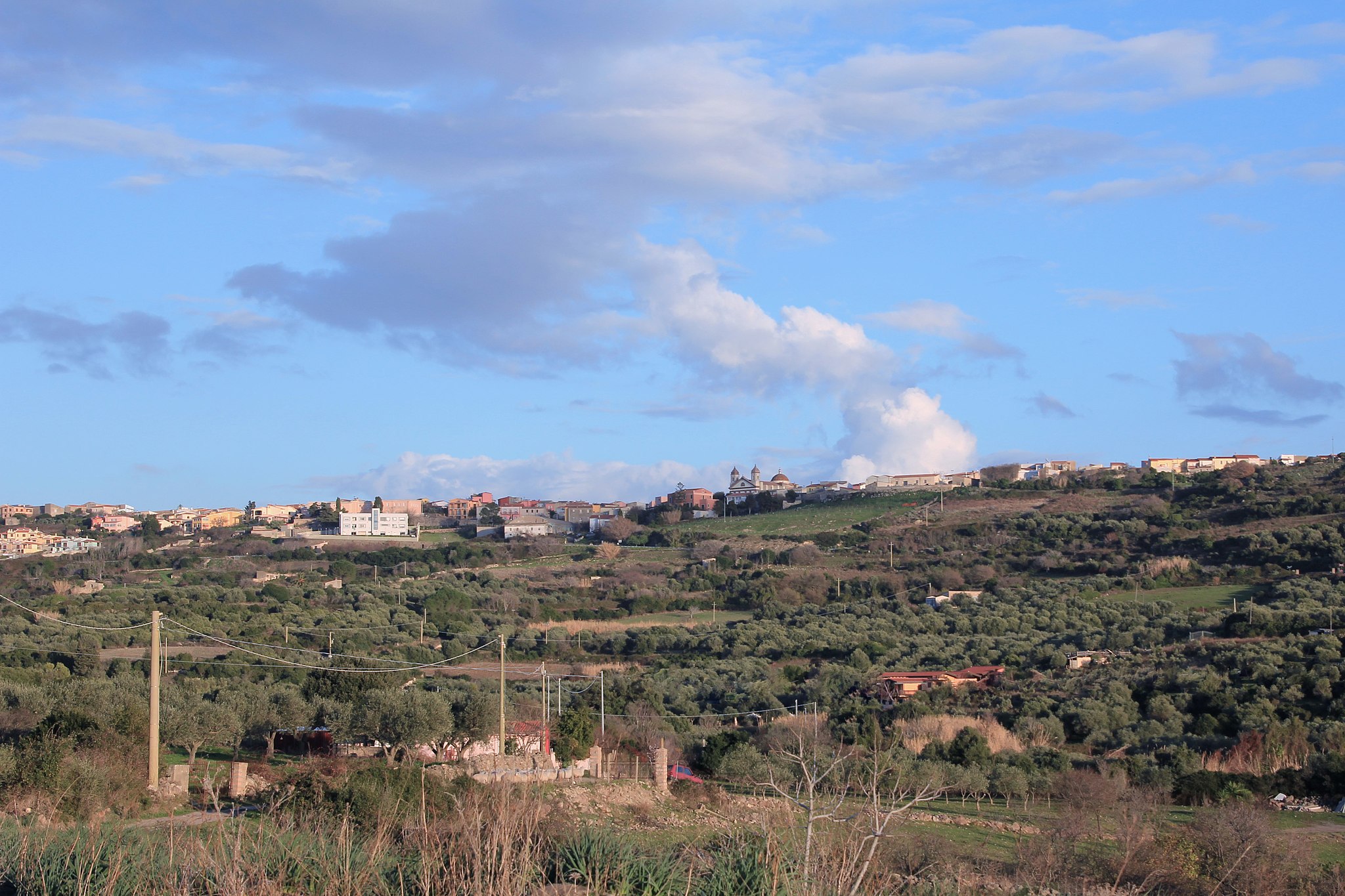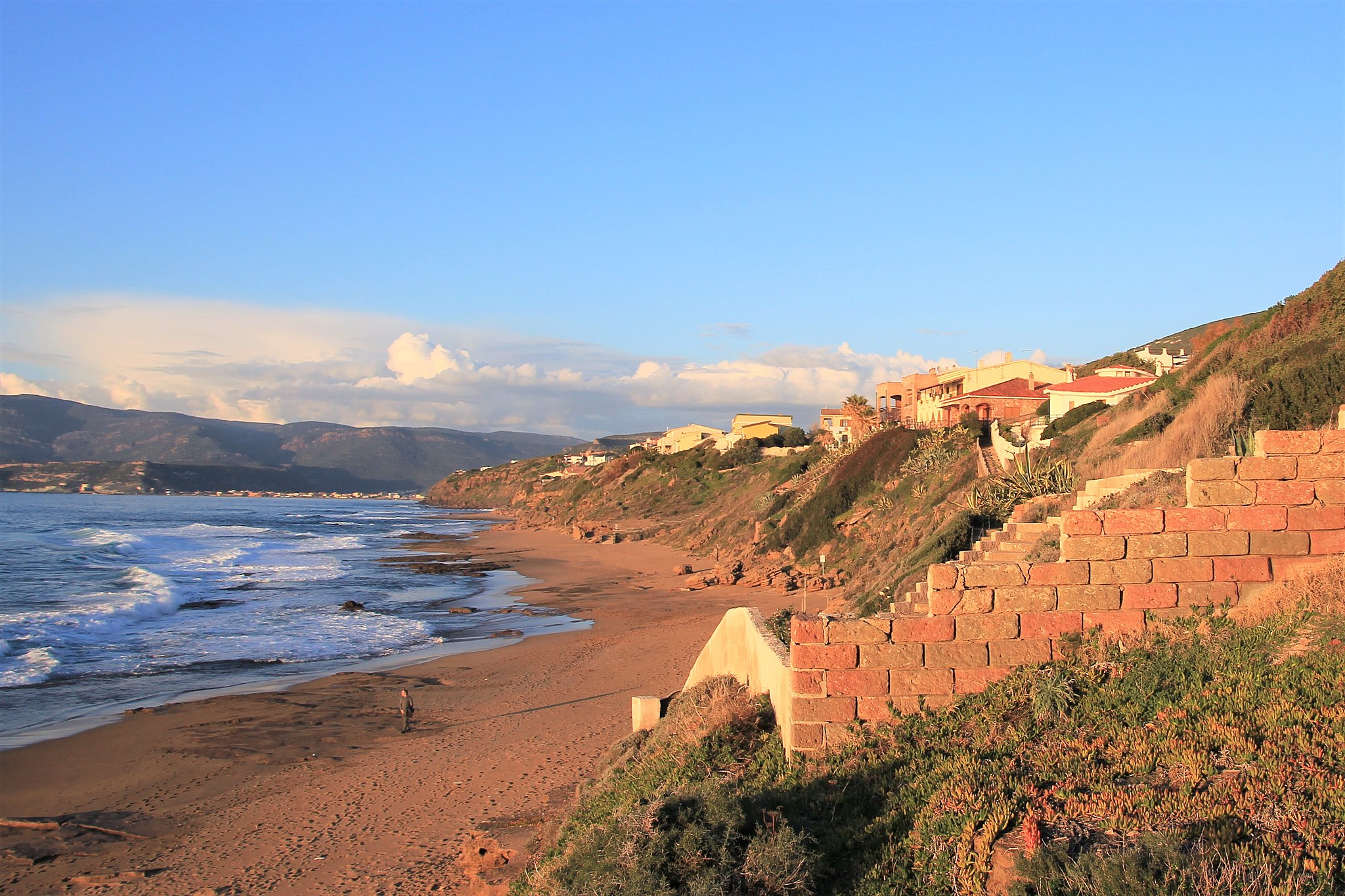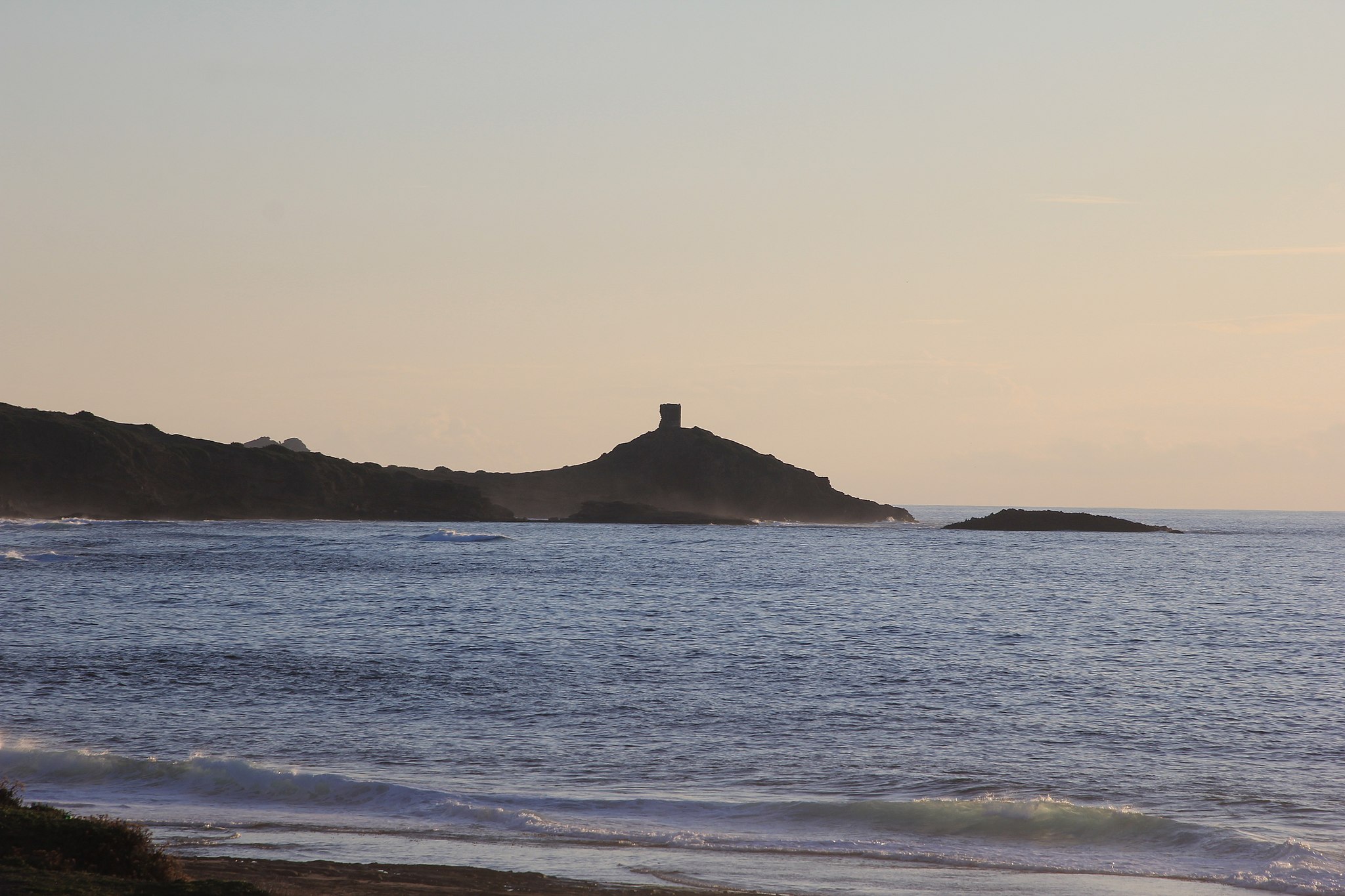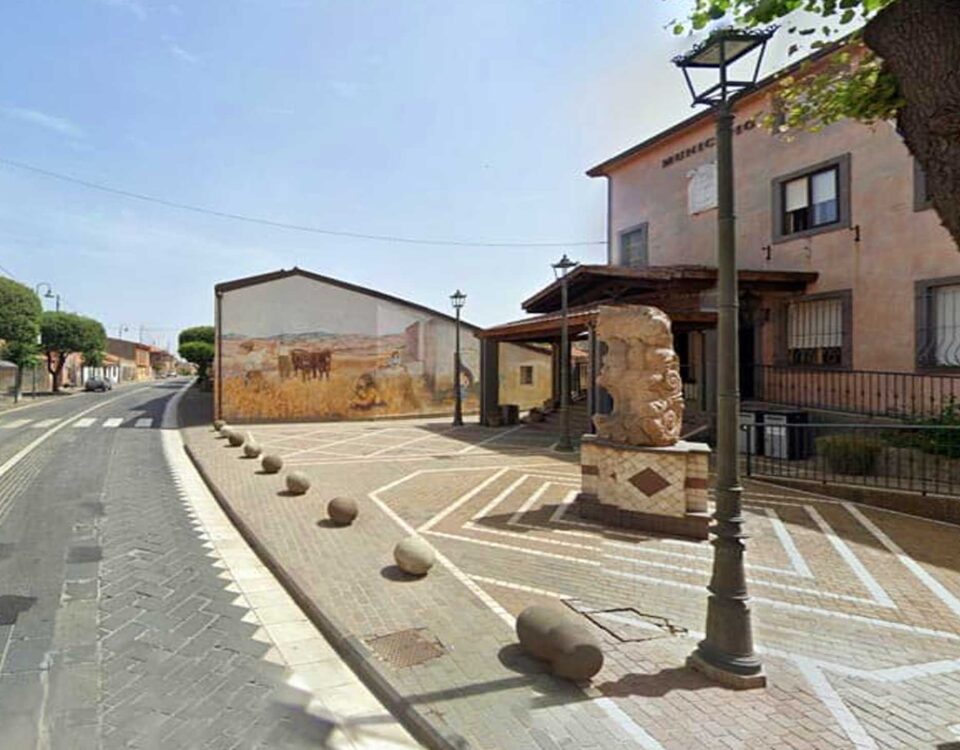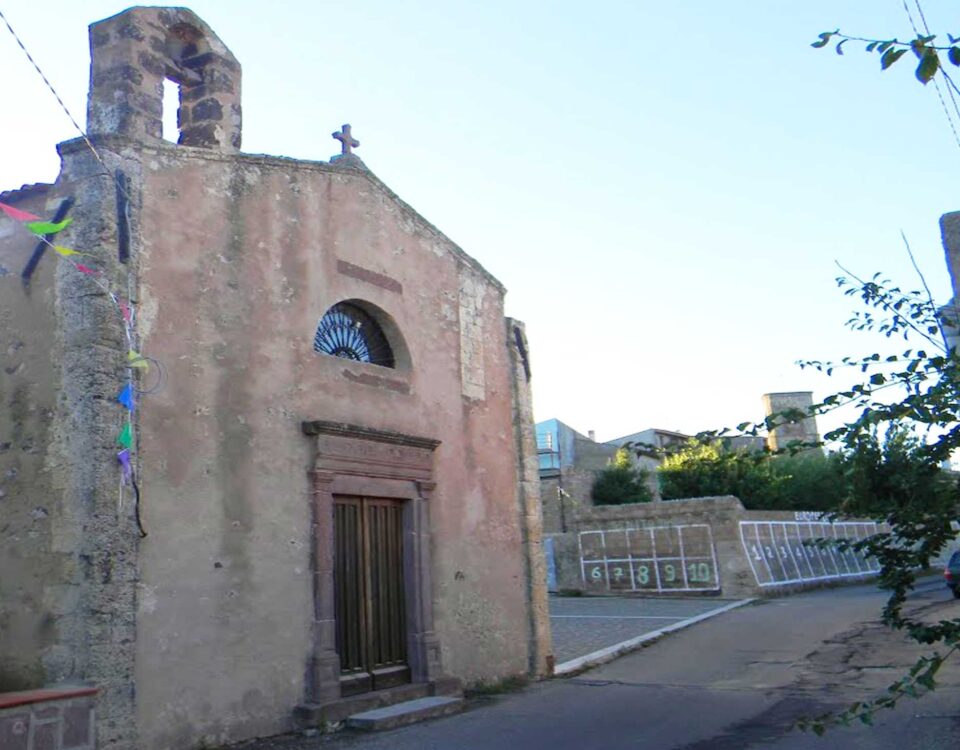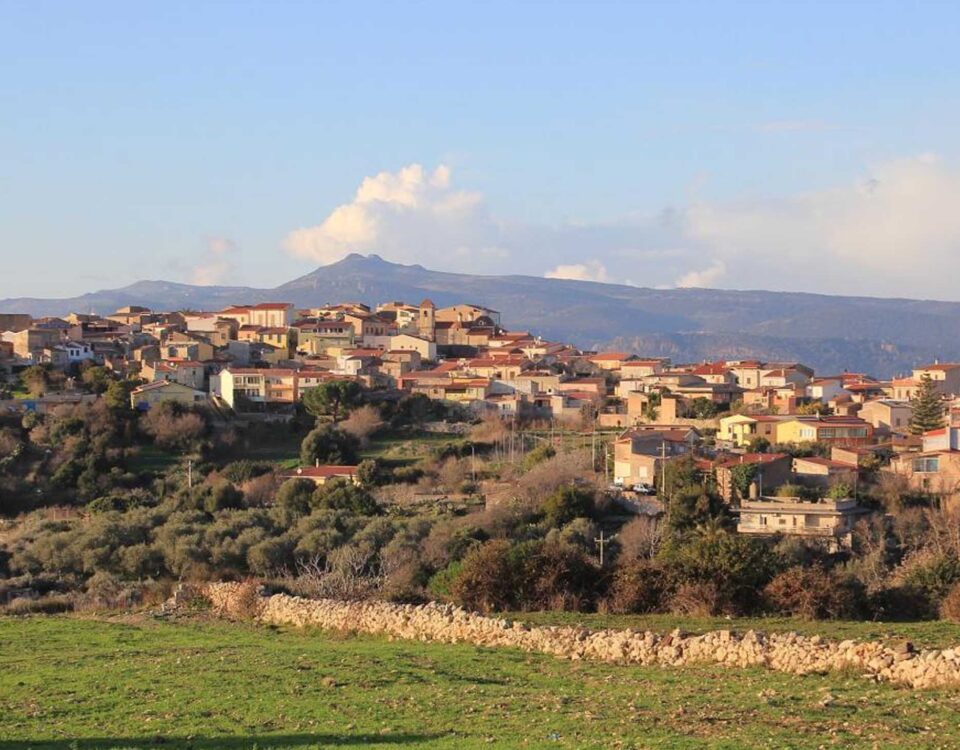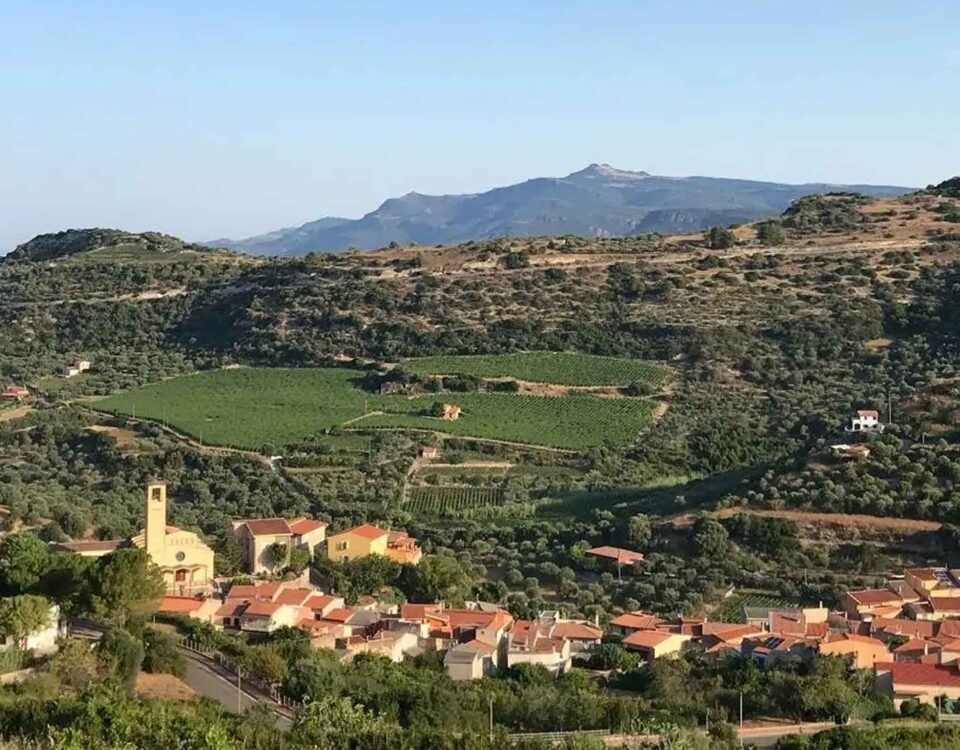
Municipality of Tinnura
28 March 2023Its territory occupies the western part of the Planargia plateau: to the west it reaches the stretch of sea between the Gulf of Oristano and Capo Marrargiu, towards the interior it is surrounded by the hills of Montiferru. Tresnuraghes is a centre of about one thousand two hundred inhabitants, ten kilometres from Bosa (and about 50 from the capital Oristano), a resting station of the Trenino Verde tourist line. The etymology of the name derives from the ancient presence of three nuraghi near the town, two of which have disappeared, of a third few traces remain. In the rest of the territory, the nuraghi Martine, Nani and Tepporo and a Giants' tomb along the road to the country church of San Marco, three kilometres from the village, are worth mentioning. Near the sanctuary you will also see evidence of the Neolithic period: several domus de Janas and a dolmen in the locality of Foghe, su Ju Malmuradu (the petrified yoke). Legend has it that a peasant, having not stopped working during the procession of the saint, was turned to stone with his yoke. Every 25 April there is a pilgrimage to the little church with an offering of blessed bread, meat, wine and tobacco.
Low houses predominate in the centre, developed around the parish church of San Giorgio martire, the patron saint celebrated at the end of April. And you will see a myriad of other churches: of Santa Croce, San Lorenzo, Santa Lucia, Santa Maria de s'Adde, Santa Maria di Loreto, San Nicolò, Santa Vittoria and Sant'Antonio da Padova, celebrated at the end of August, while San Ciriaco is celebrated at the beginning of the month.
READ ALL
During religious ceremonies, you can savour the local gastronomy and malvasia, a renowned doc wine. Also not to be missed is the Casa Deriu museum, where you will take a journey through time, starting from the life of an 18-19 century bourgeois family, through the history of journalism and the Sardinian press, fashion and travel. The house houses original furnishings and a collection of around a thousand volumes, published between the late 17th and early 20th century.
Five kilometres south of the town, at the mouth of the riu Mannu, you can admire the Foghe tower, which, together with those of Ischia Ruja and Columbargia, represented the coastal defence system built by the Aragonese. The Foghe roadstead has always been a landing point for Moorish invaders and pirates. Even in Antiquity, the landing place was a crucial junction dividing two tribes: the Ciddilitani of Roman origin and the Euticiani, from the Greek island of Euboea. This may have been the site of the ancient centre of Ciddilis. The Spanish towers are mirrored in the crystal-clear blue sea, which is awarded the 5 Sails of the Legambiente Blue Guide every year. You will admire seabeds of rare beauty, suggestive cliffs and enchanting beaches. Porto Alabe (or marina di Tresnuraghes), from the Catalan alabe (seagull) stands out above all others: seven kilometres of fine pink sand, alternating with coves and stacks. Around the beach is a small seaside village, subject to spectacular winter sea storms due to its exposure to the mistral.


